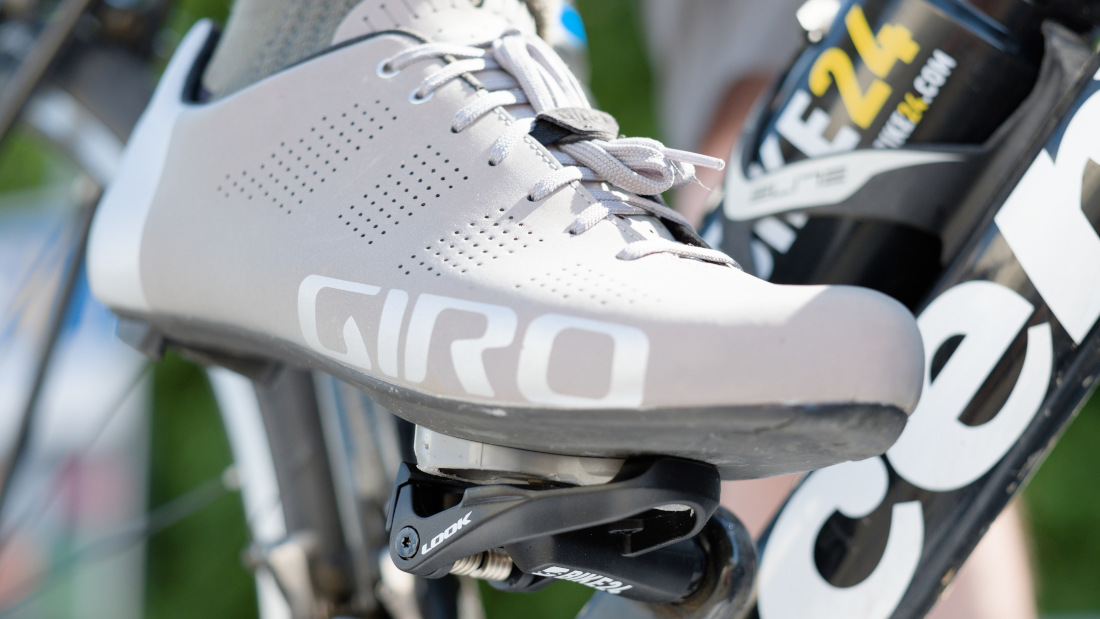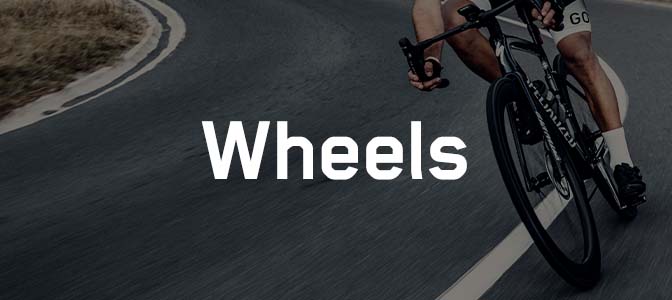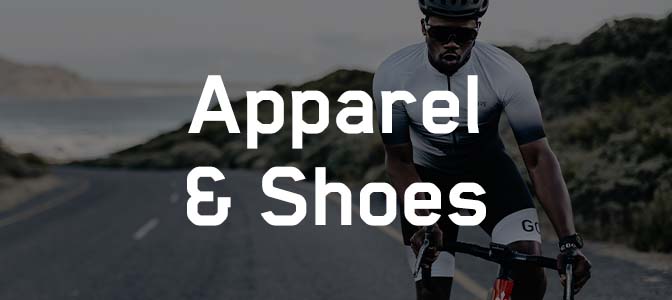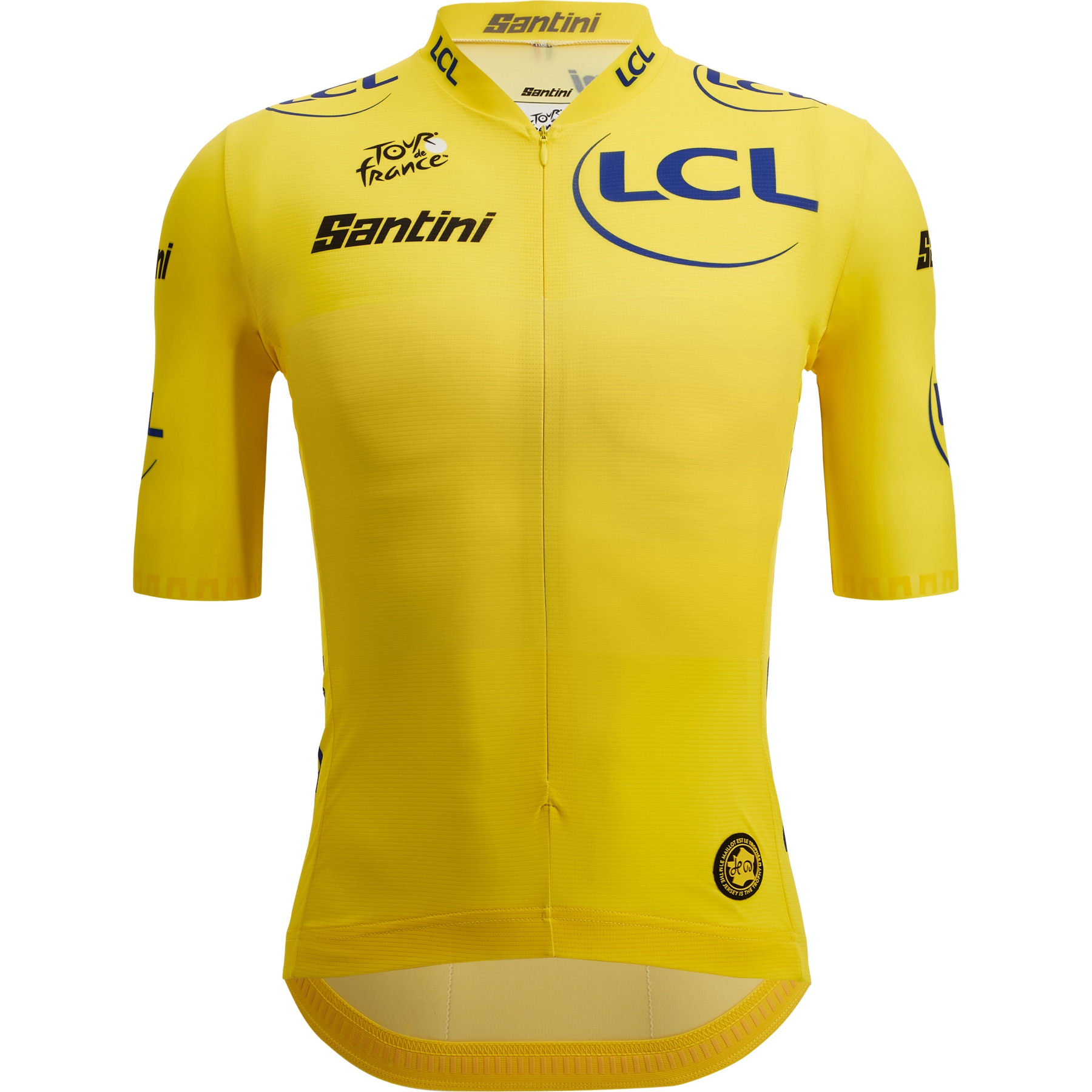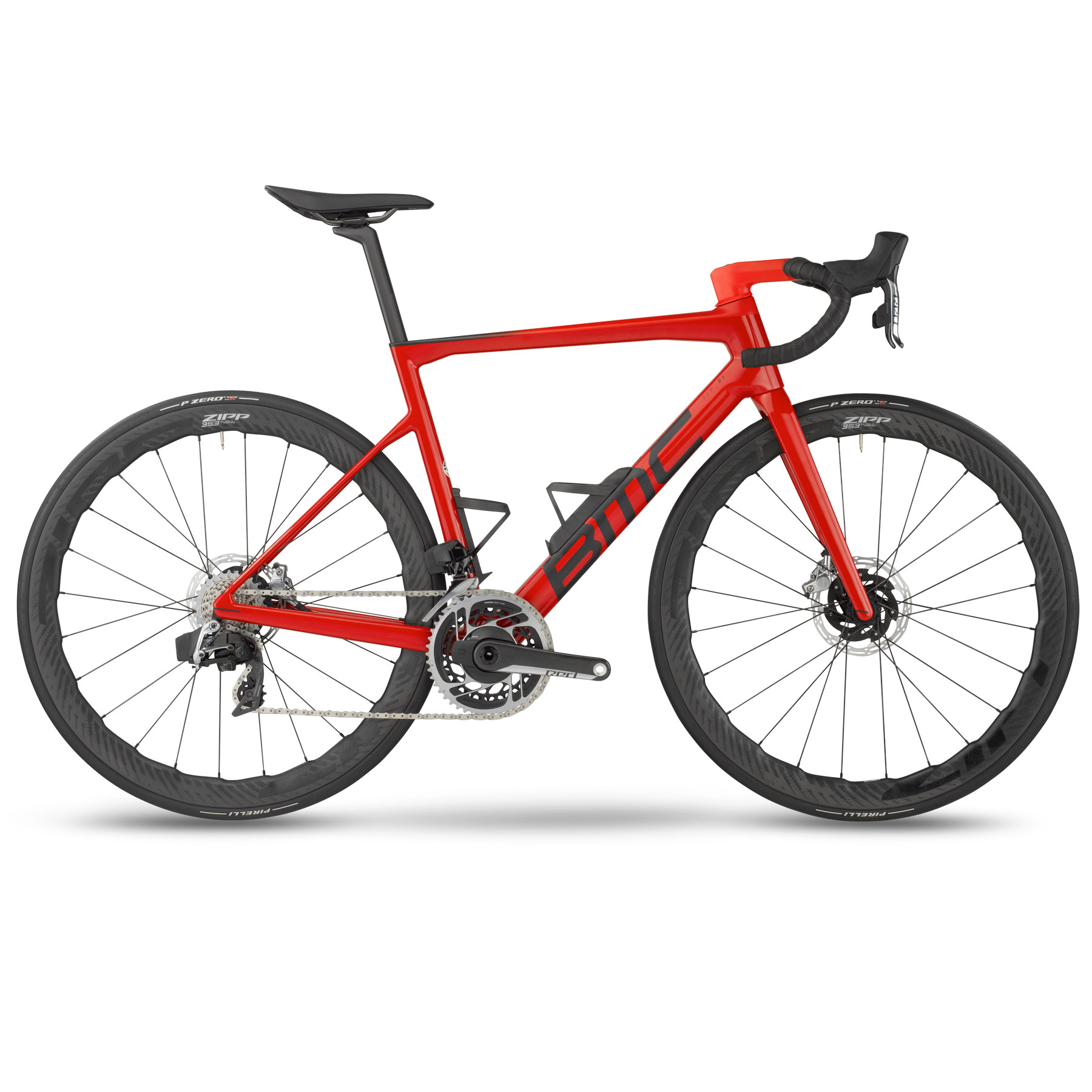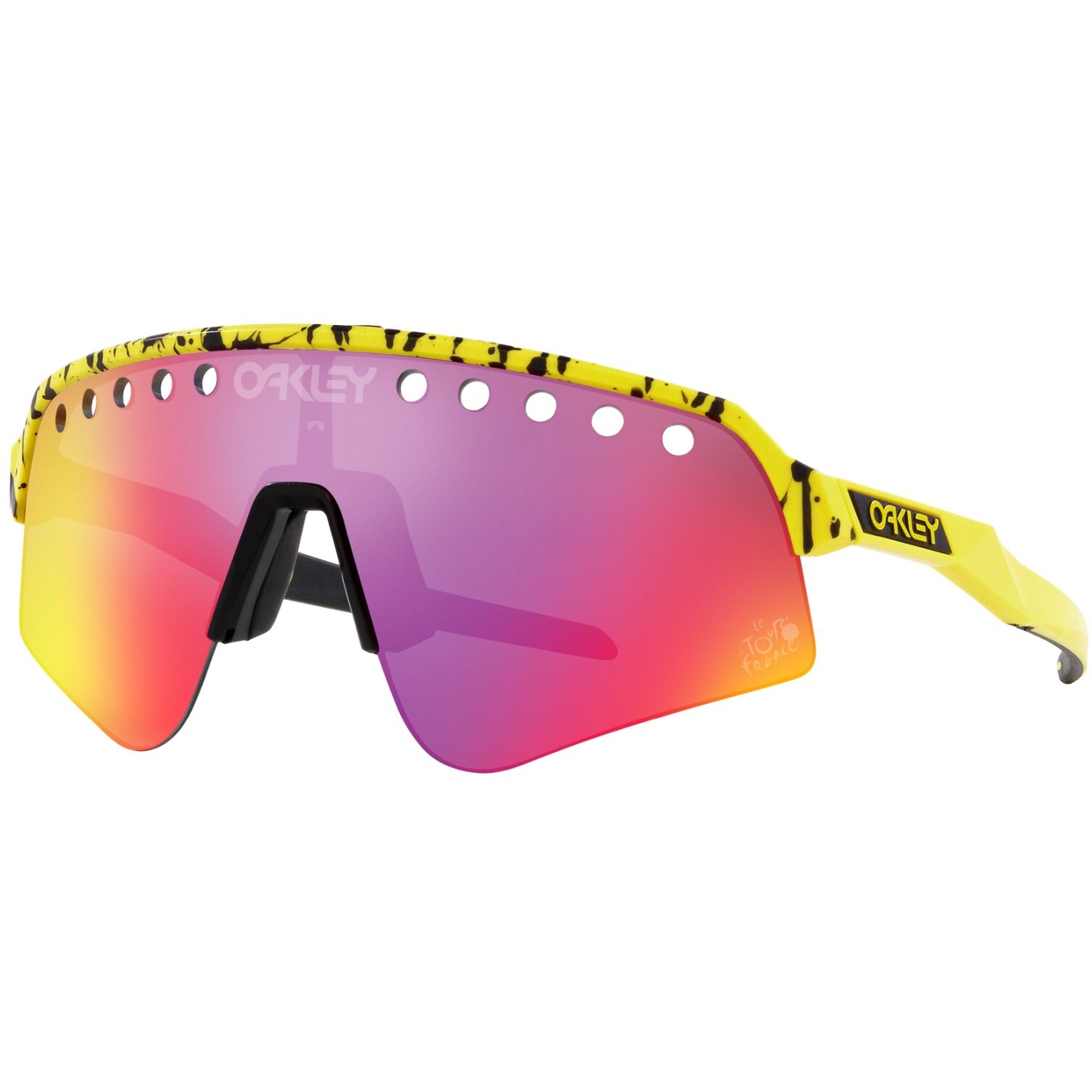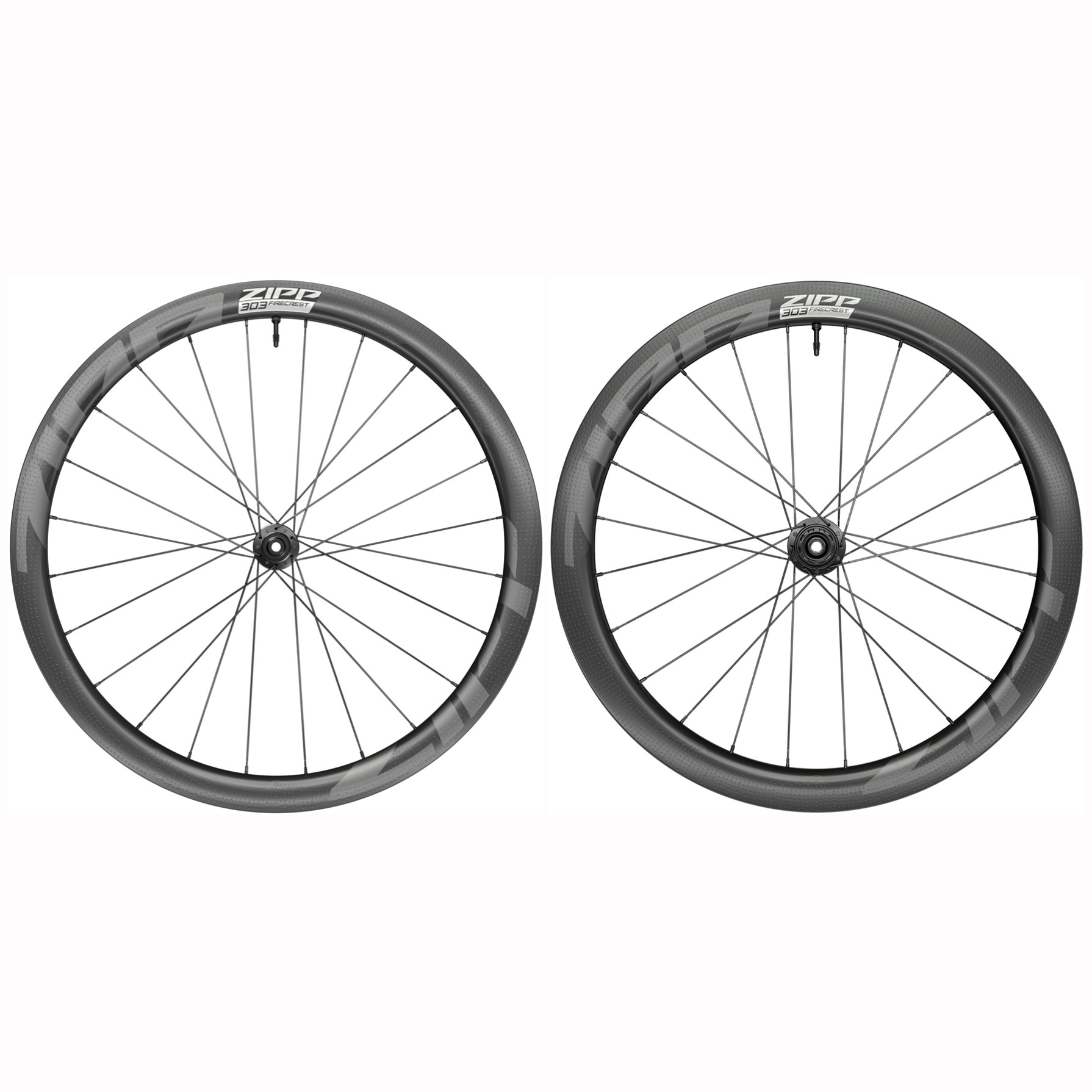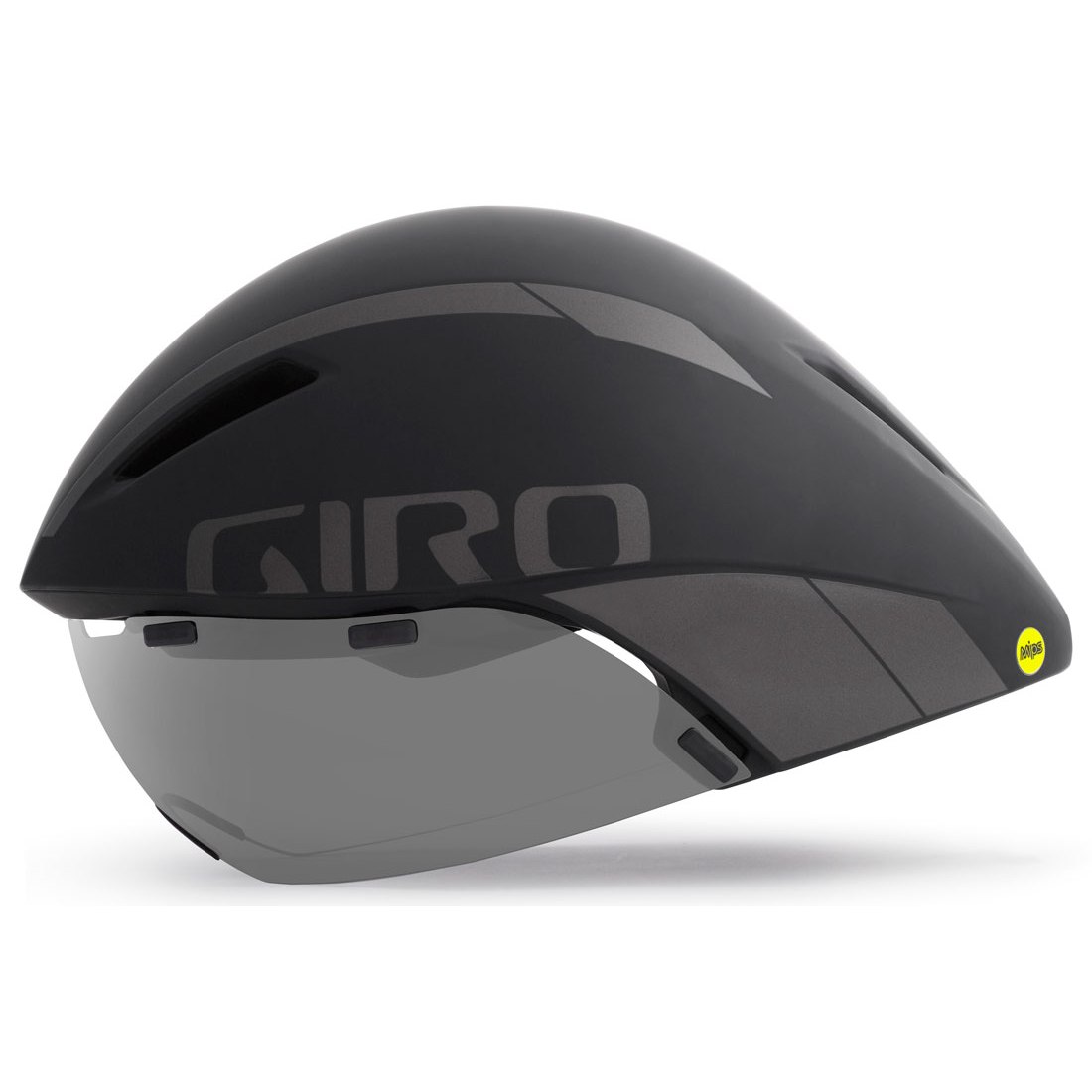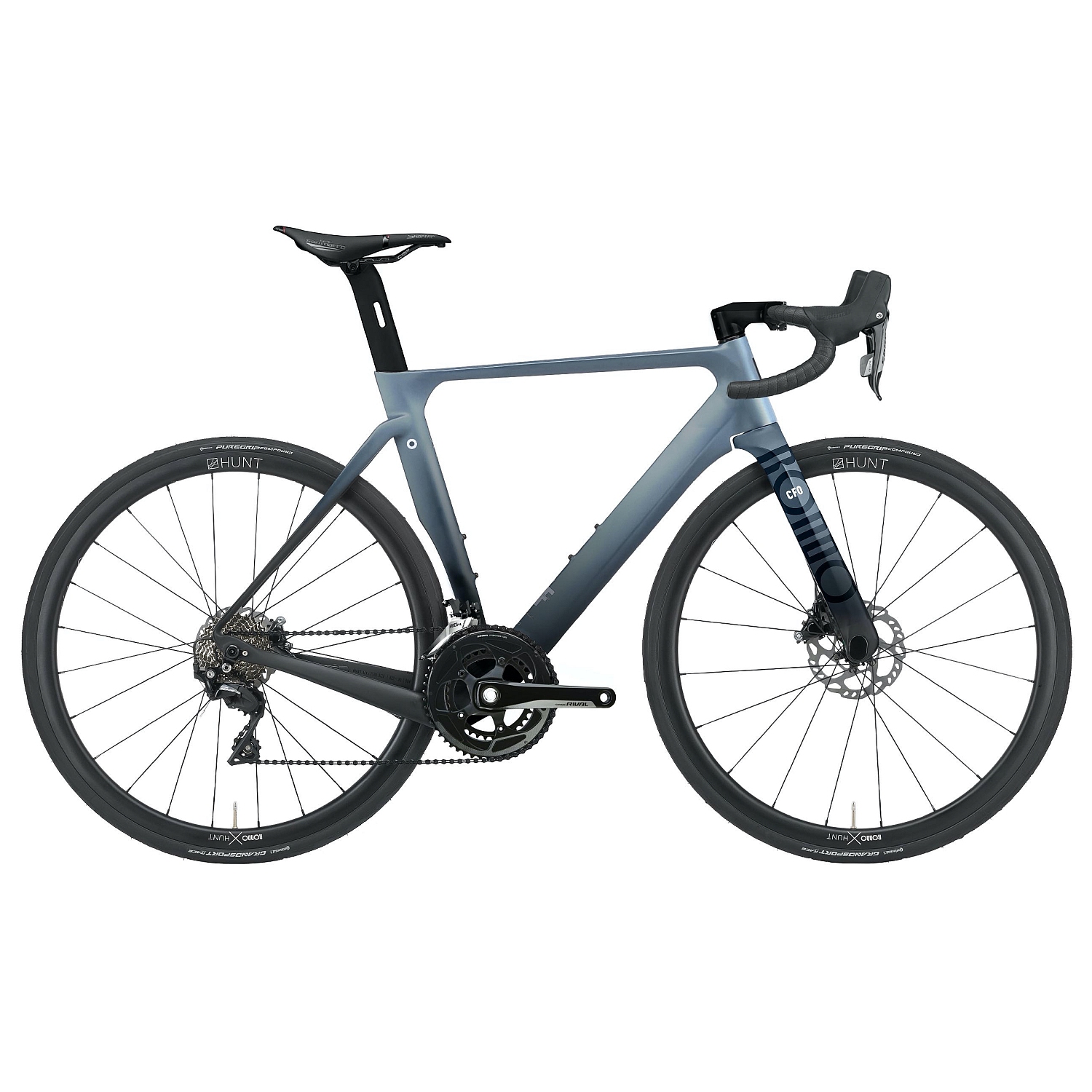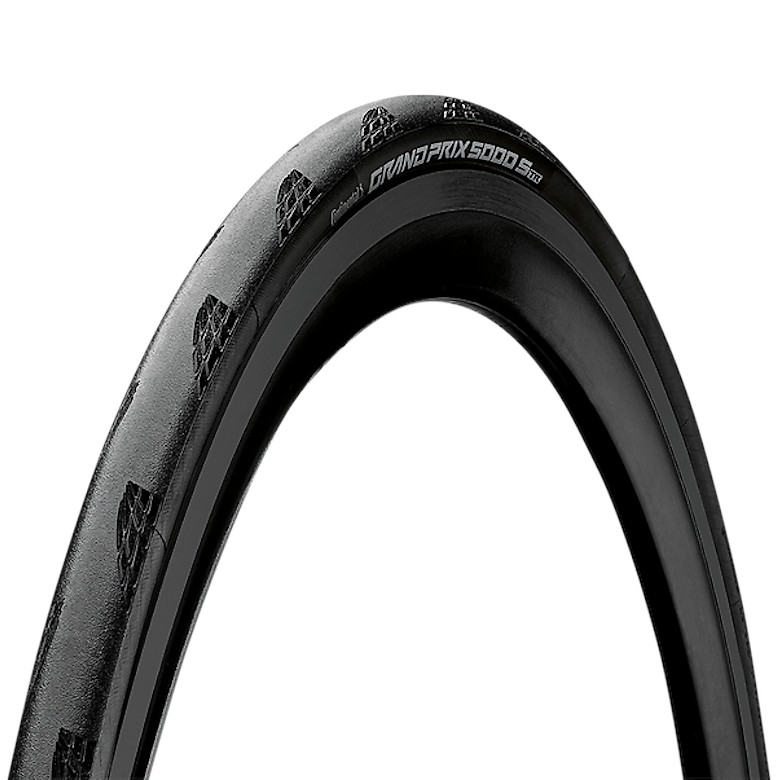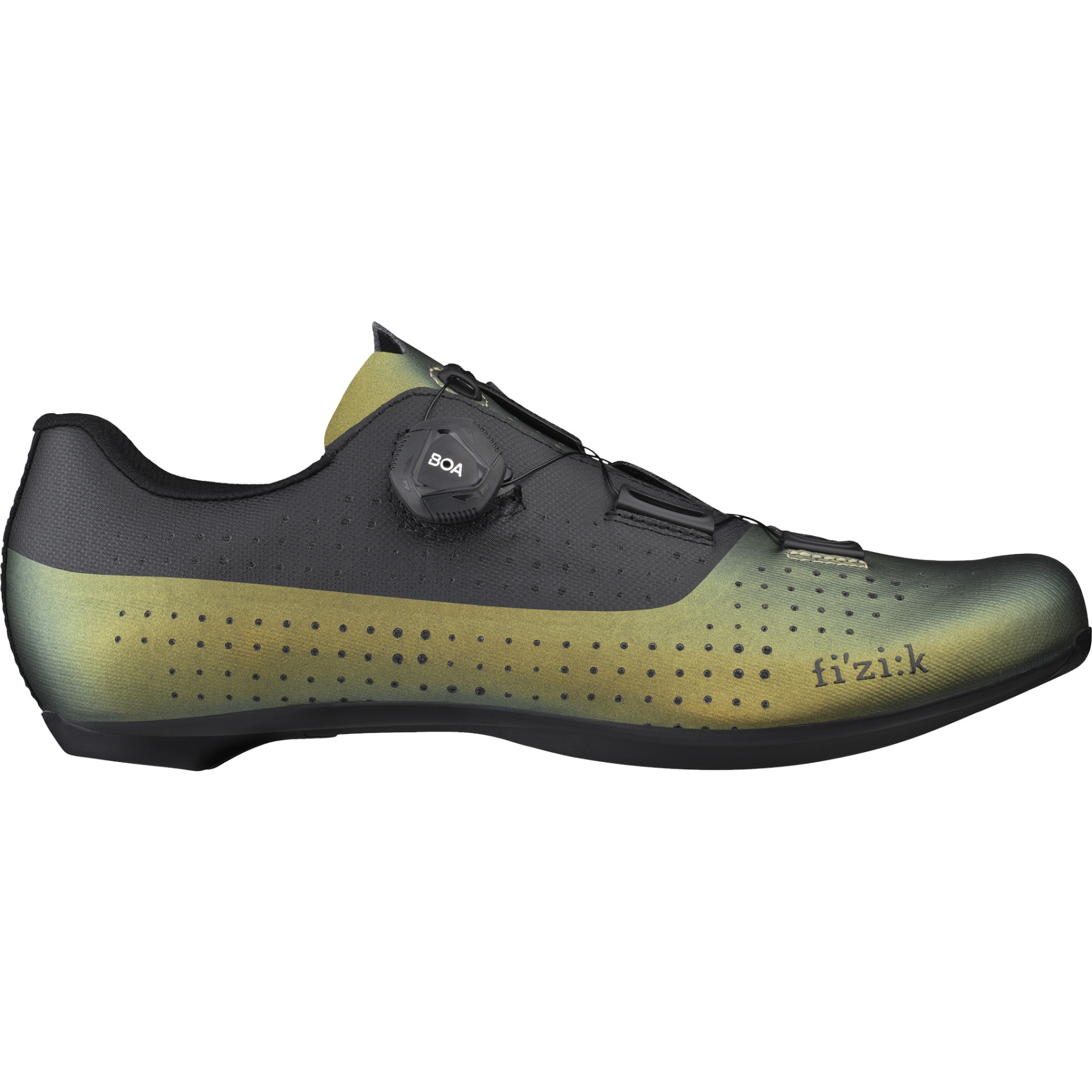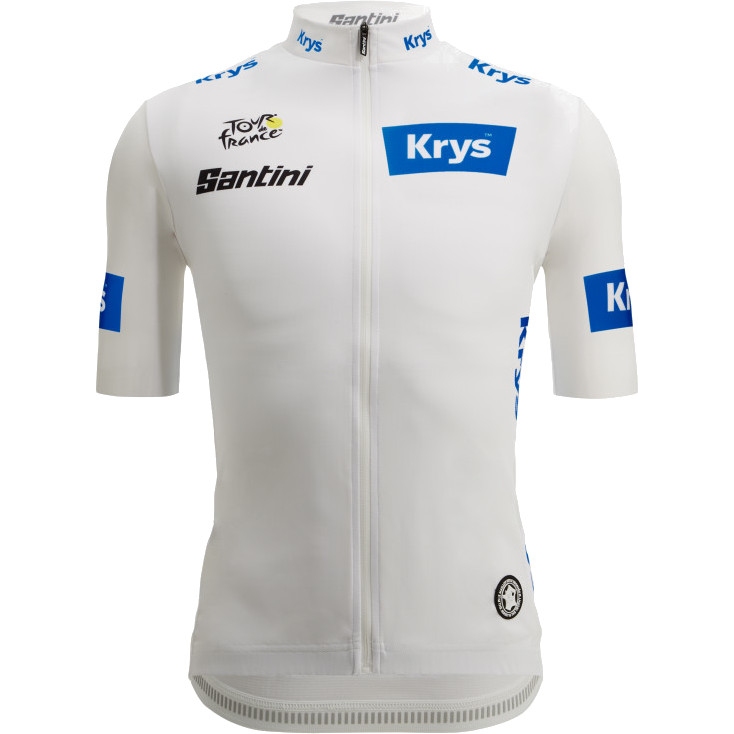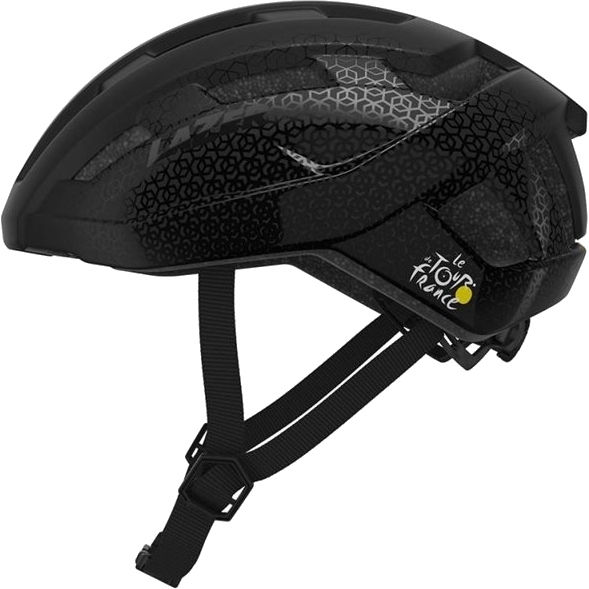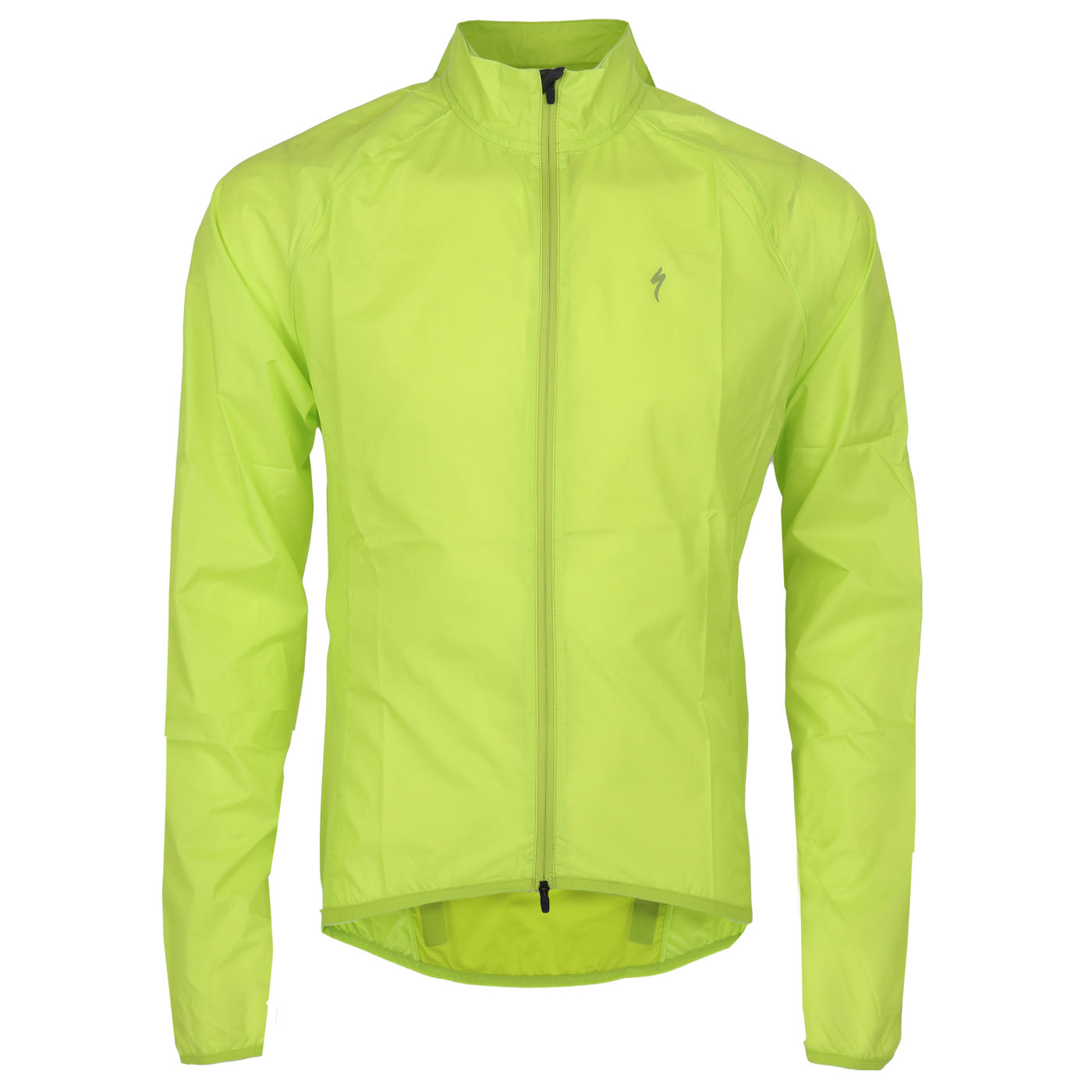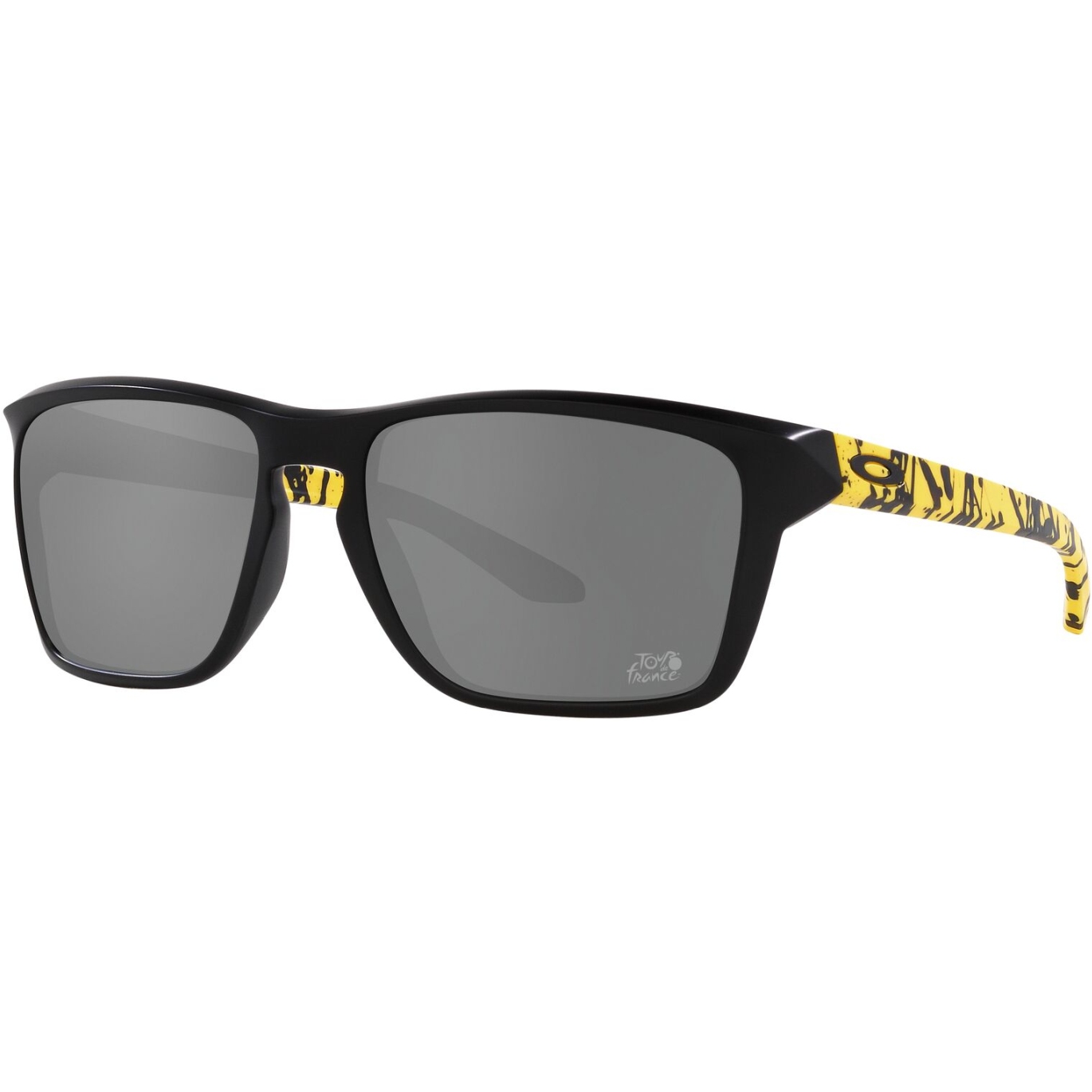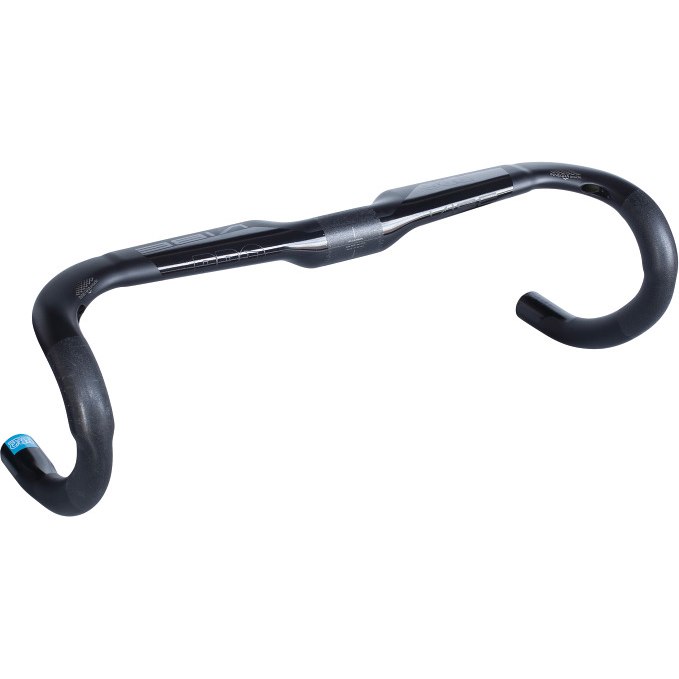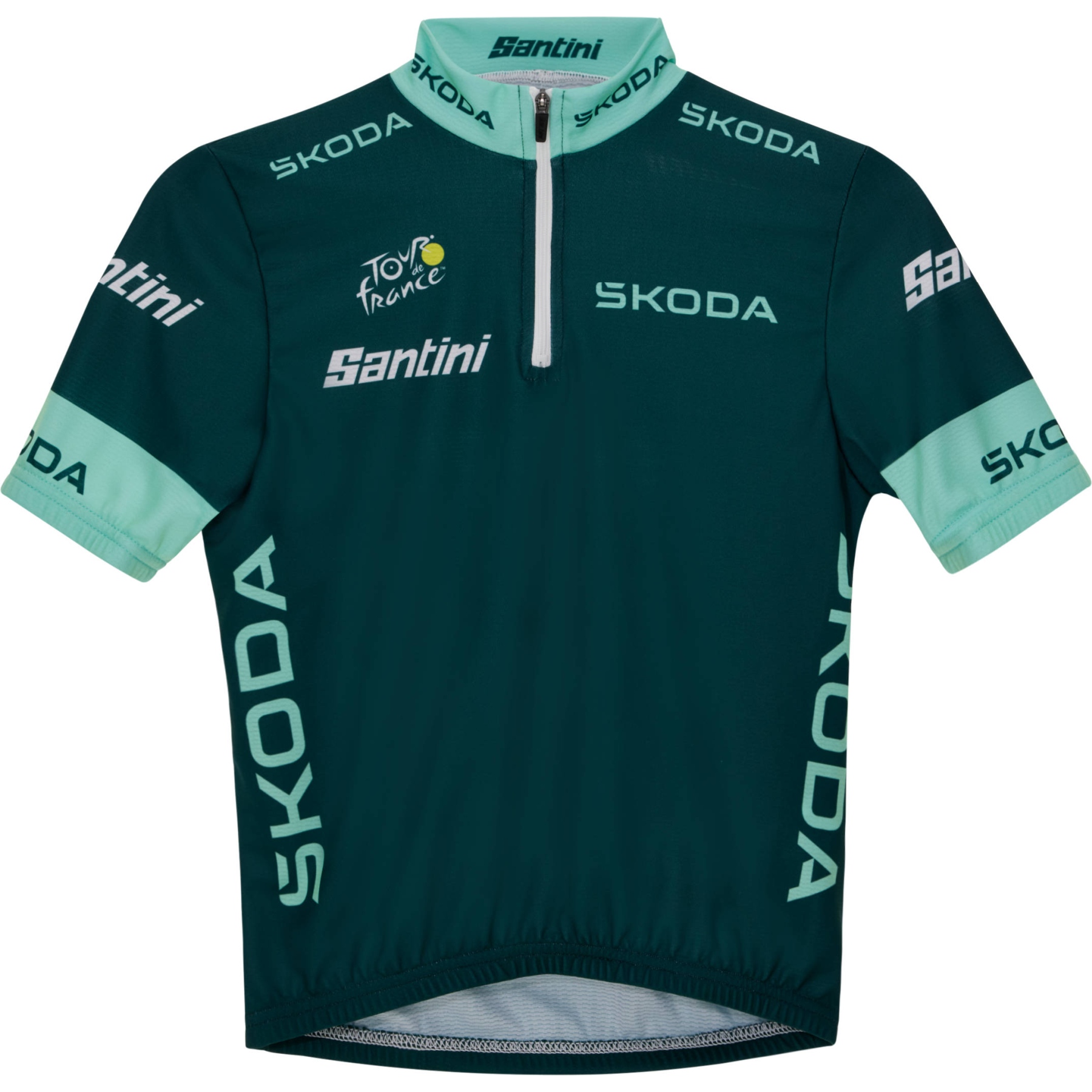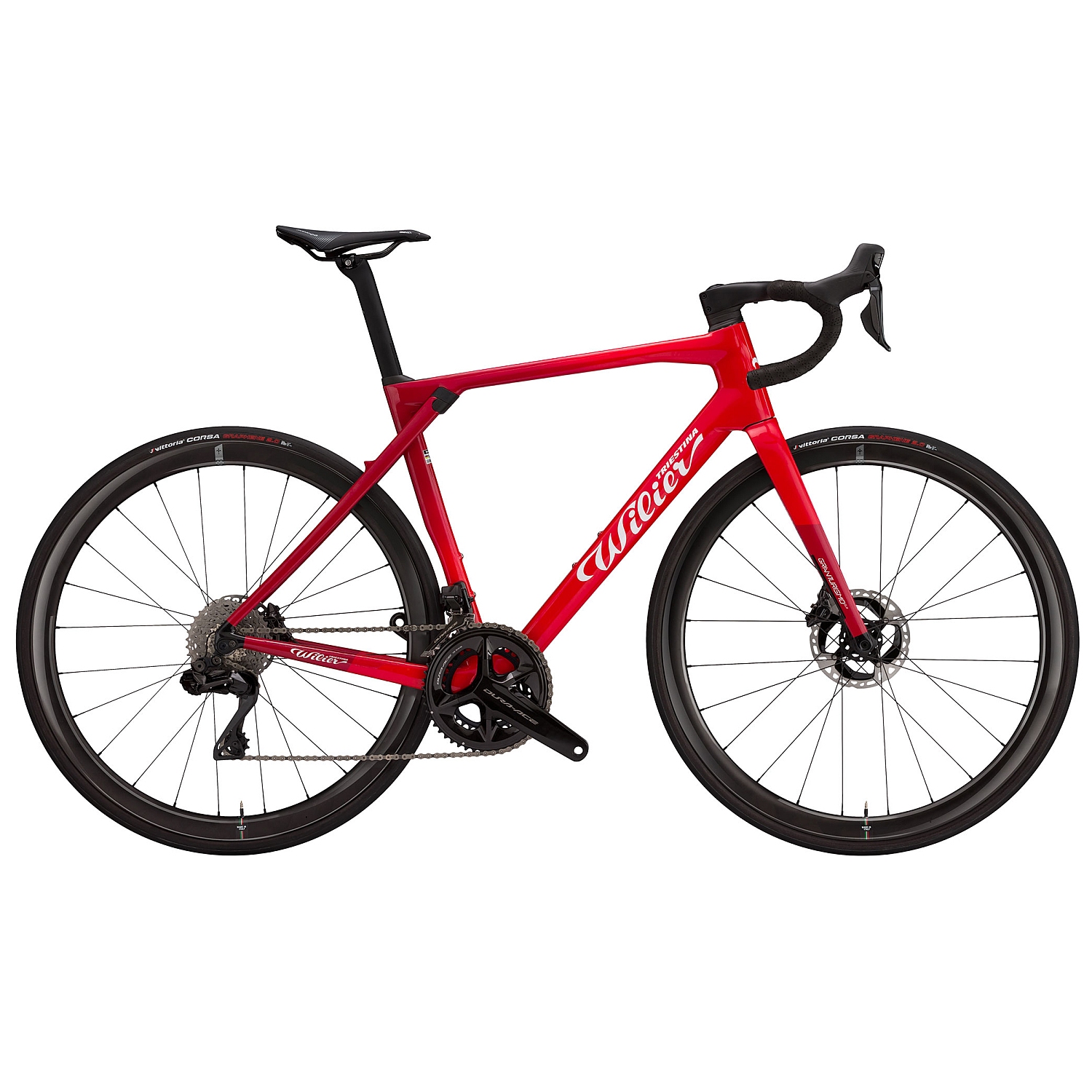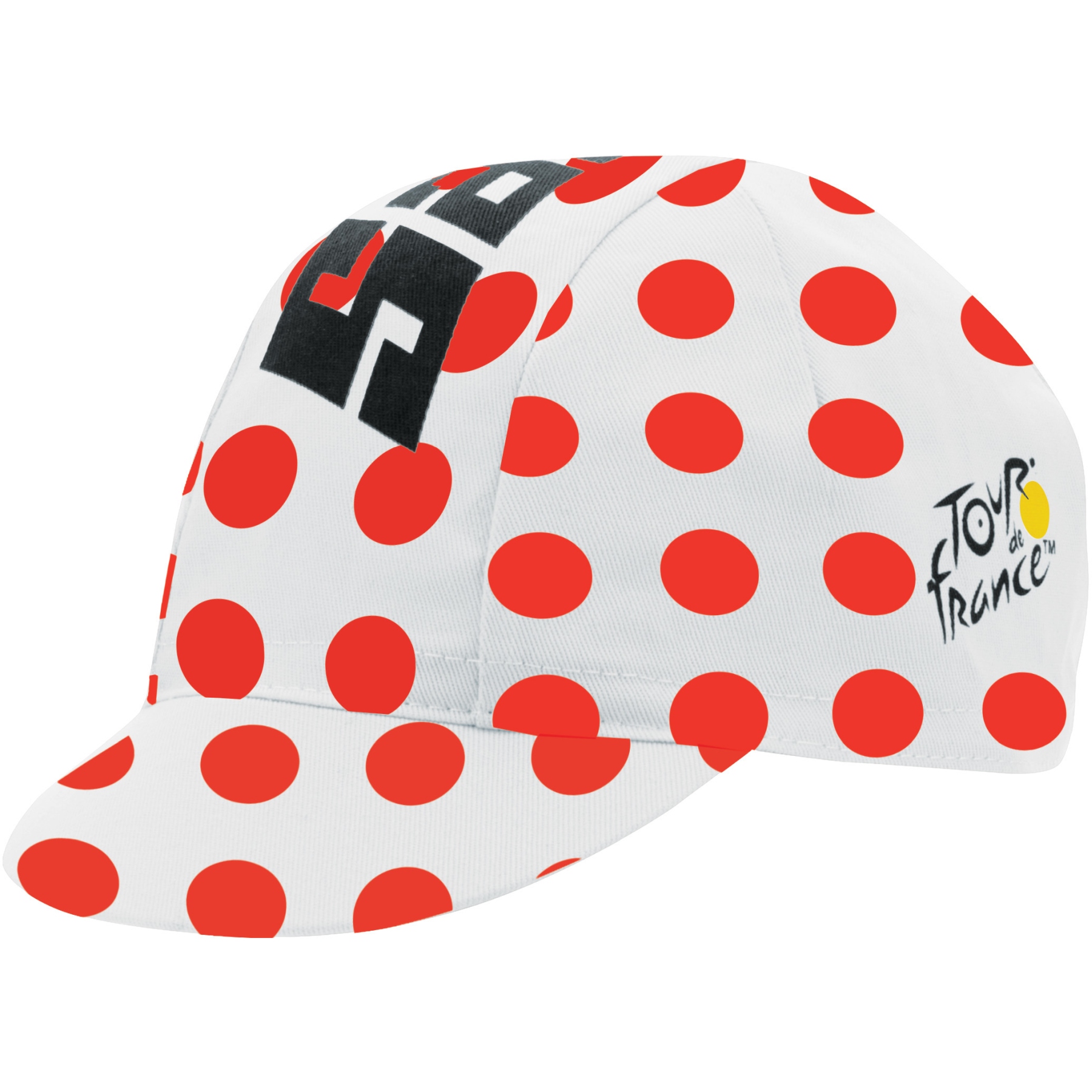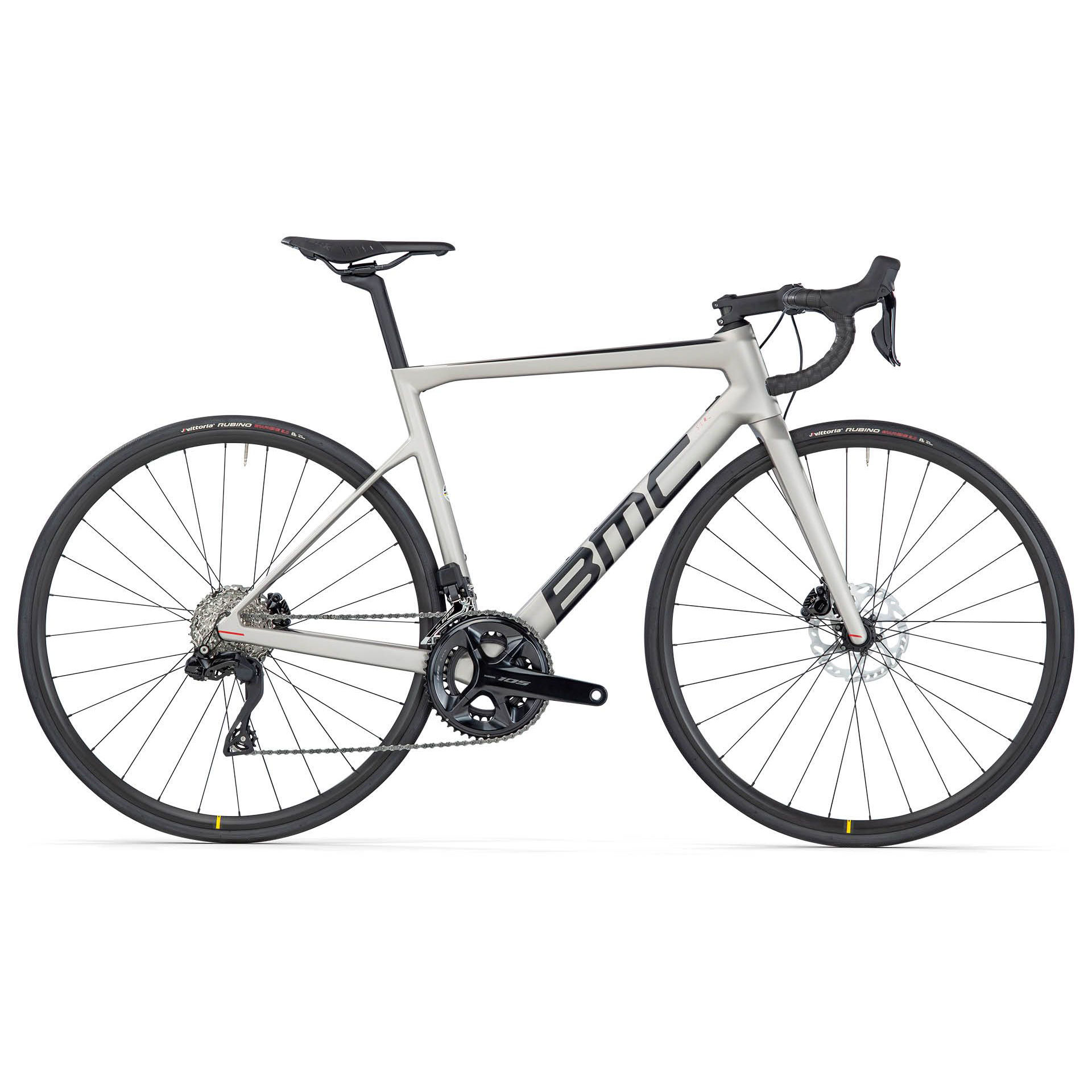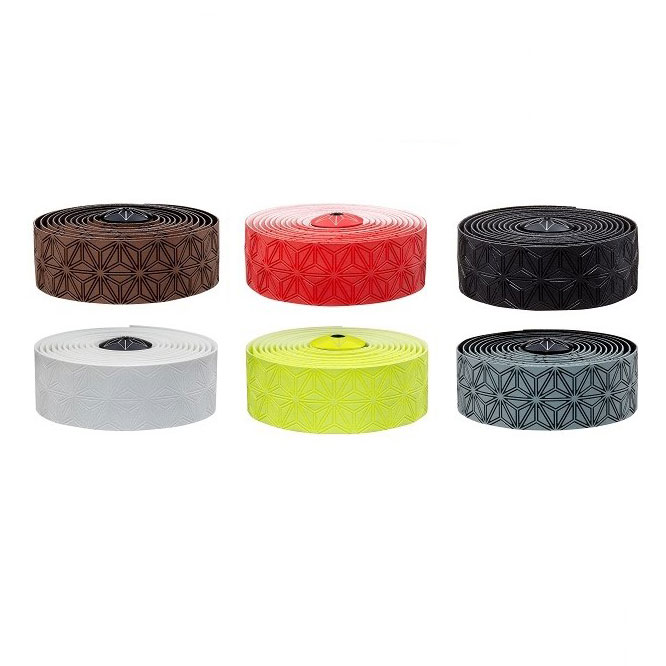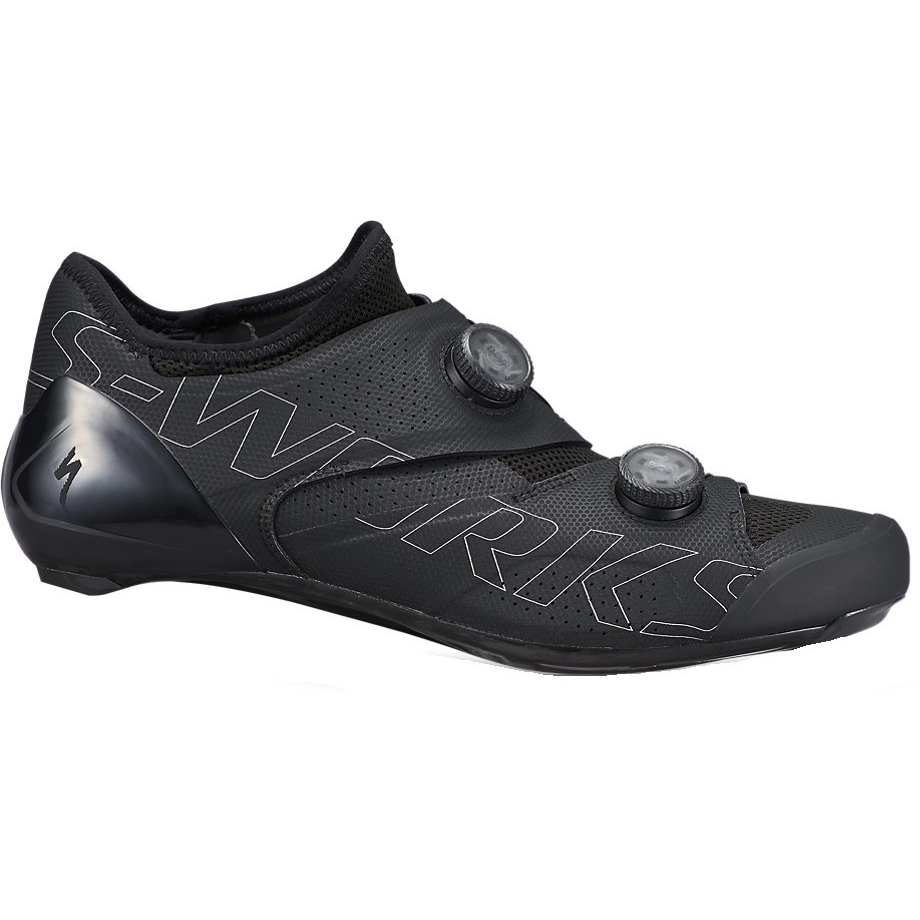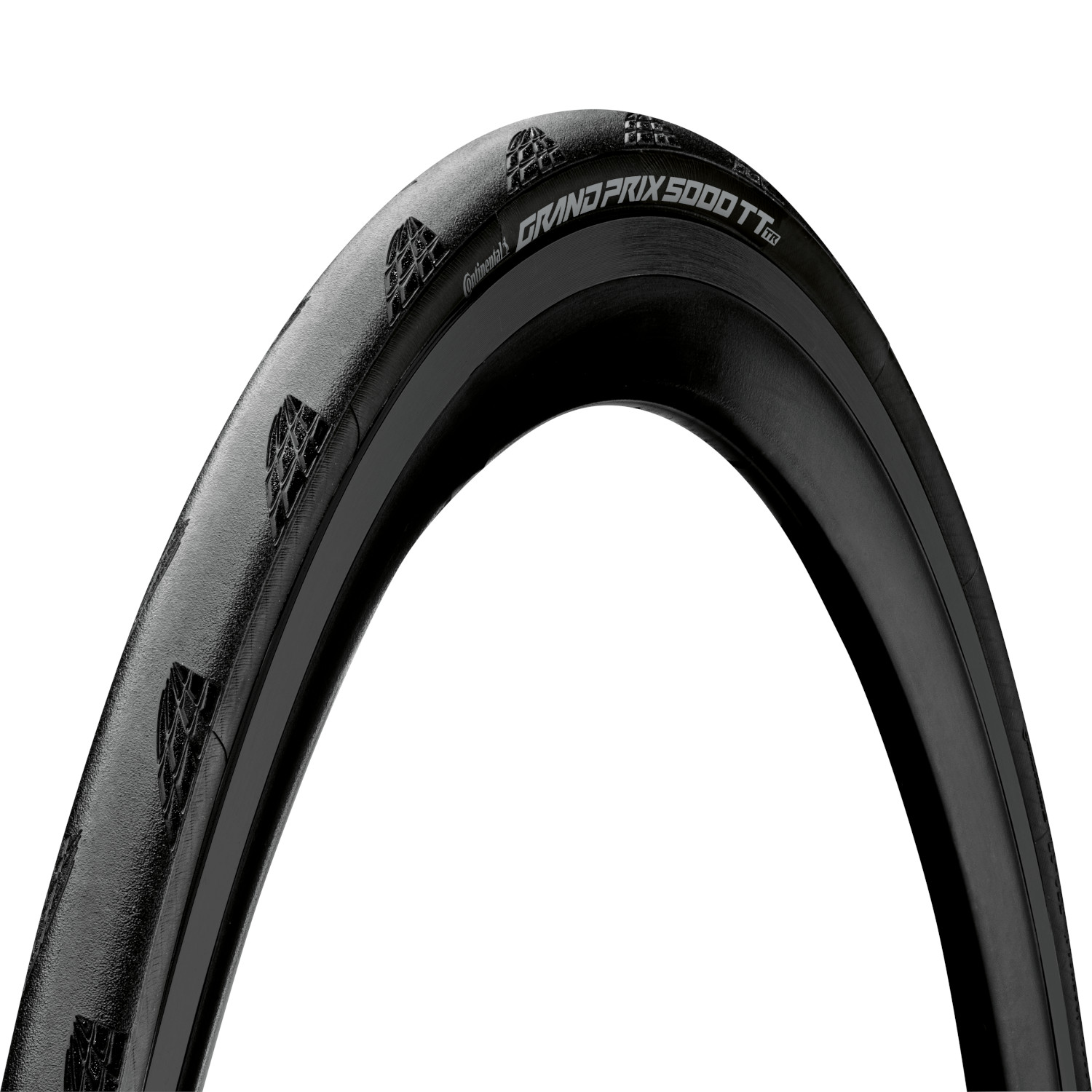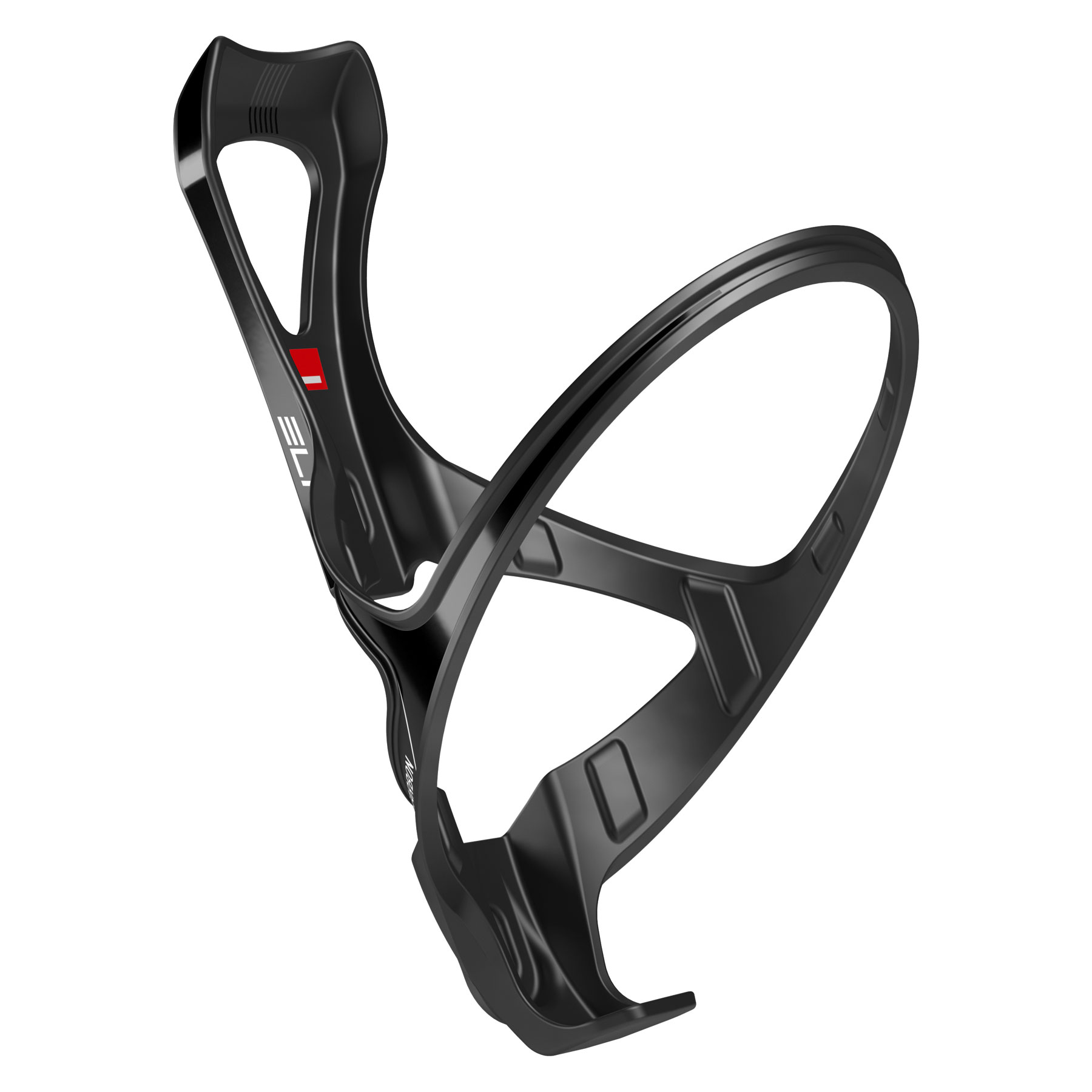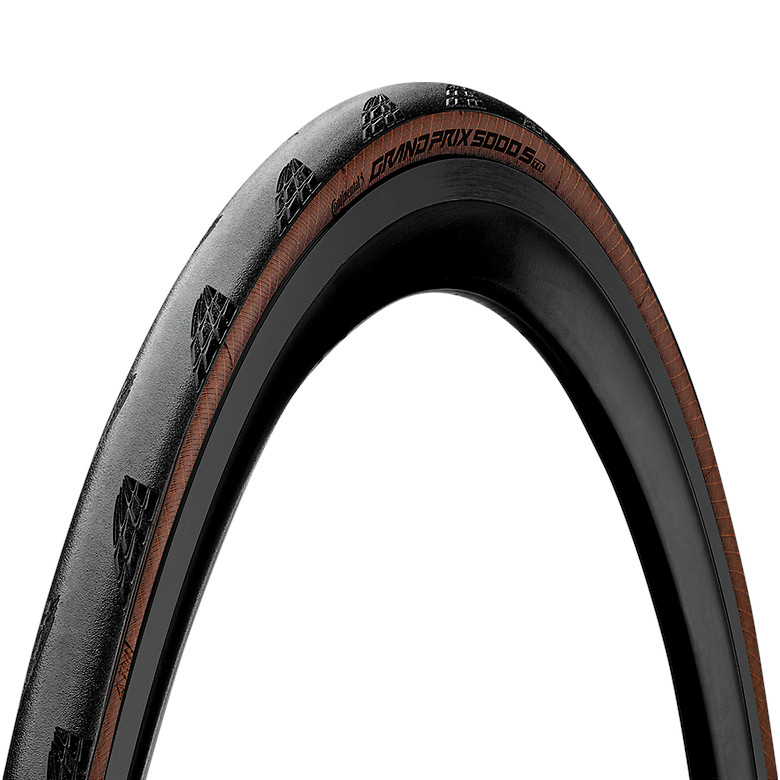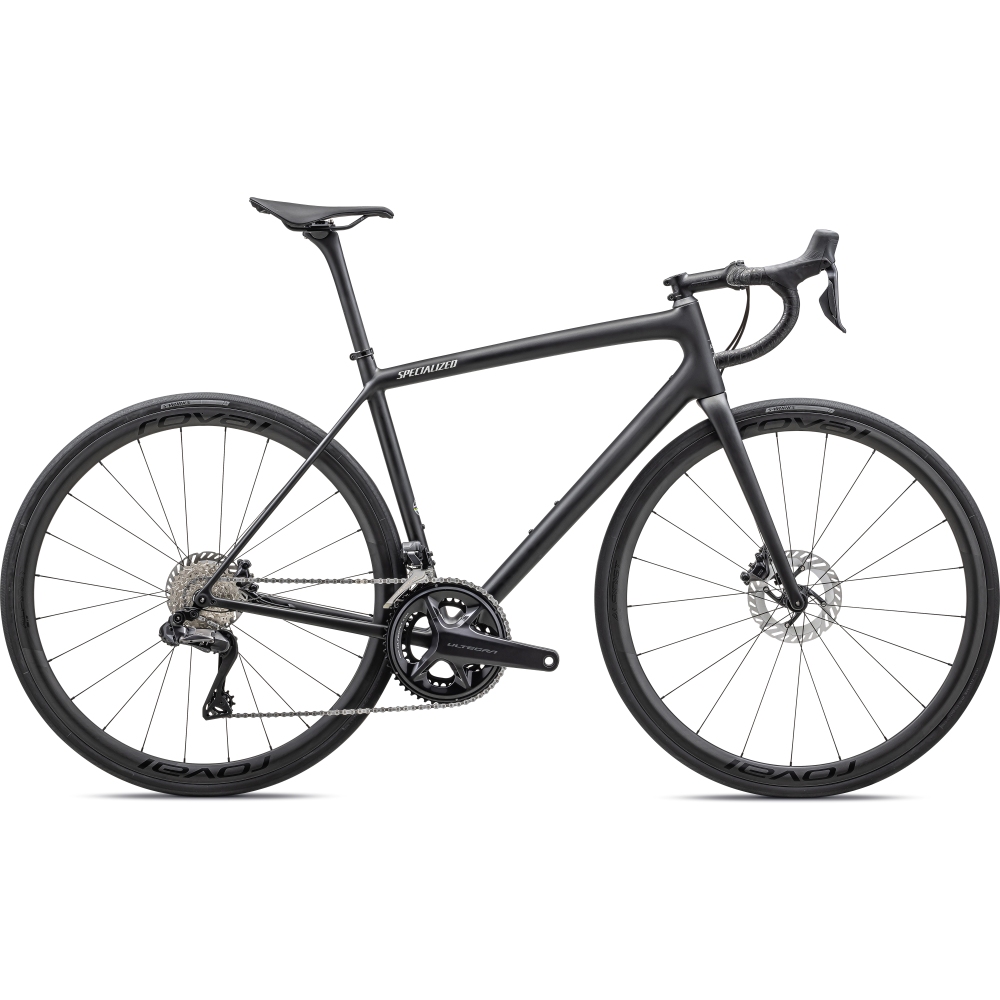- Home
- Ride Like the Pros – Rapid Road Bikes, Pro Apparel & Premium Parts
Ride Like the Pros – Rapid Road Bikes, Pro Apparel & Premium Parts
Feel like the pros at the Tour! With our unique selection of first-class road bikes, top-quality pro components and helmets, glasses & shoes that are as fast as they are stylish, you can put on the yellow jersey without any worries. Here you will find equipment for champions, those who want to become ones and passionate cycling fans. Ride as easy as you would in the peloton!
Read more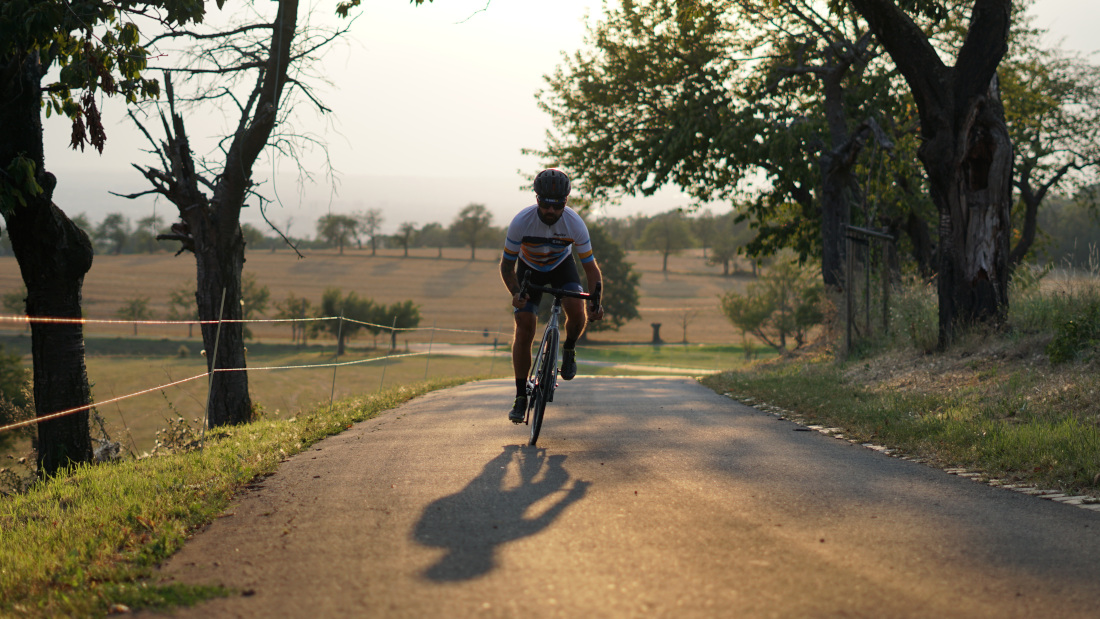
Content - Road Bike World
Speed Enthusiast, Mountain Goat or Adventurer – Which Road Bike Suits Me Best?
Narrow tires, low weight, few gimmicks, the downward-curved handlebars, aerodynamic frames – the general characteristics of road bikes are still unmistakable, even though very clear differences can be found on closer inspection. Depending on preferences, goals or where you live, it pays to know the different types of road bikes when choosing a bike.
Basically, you can find good road bikes for around 1000 euros, but you have to make concessions in terms of weight (9-10 kg, aluminium frame, heavy wheels) and components (basic groupsets, heavy attachments). In the category between 1000 and 2000 euros, the bikes are already suitable for every area of use and are also fun to ride on big mountain passes and always leave a reliable impression, thanks to high-quality brakes, shifting components and wheels. Competition-ready and lightweight (6-8 kg) bikes made of carbon can be found for 3000 euros, while there are hardly any upper limits for the elite class of road bikes and you can also ride the original bikes of the pros if you are prepared to spend 10 000 - 15 000 euros.
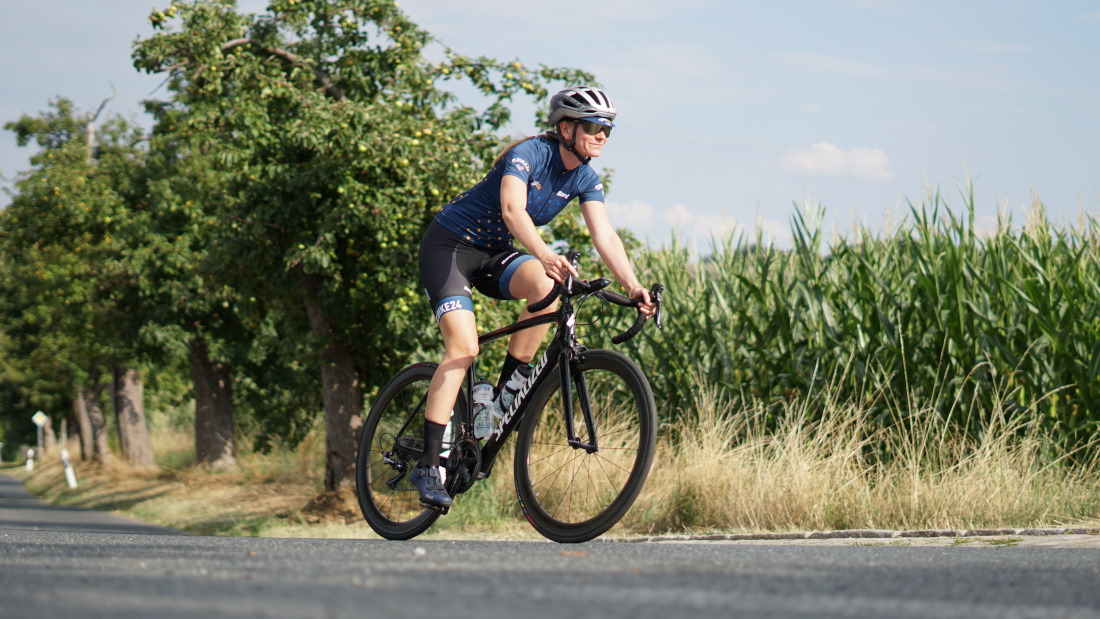
Aero Road Bikes – Top Speeds on Two Wheels
If you want to fly through the countryside predominantly on smooth asphalt with little elevation gain and a lot of speed, then you should get yourself an aero bike. The highest focus in the design of these racing machines is to offer the wind as few points of attack as possible. This is achieved by wider, stiffer and thus more aerodynamic tubes, high and streamlined rims, the integration of cables into the frame and also by a frame geometry (short wheelbase and short head tube) that leads to a more aggressive riding position.
Endurance Road Bikes – Comfort at Every Turn
On this type of long-distance bike, the shorter top tube and taller head tube, among other things, lead to a more relaxed geometry and riding position and, in combination with the frame with better absorption and individual important components such as the saddle, create a riding experience and comfort that you can still feel good about even after many hundreds of kilometres. Extra clearance for wider tires allows for even more cushioning and safety. The loss of speed compared to aero bikes is hardly noticeable for 99% of all riders, which is why endurance bikes are a good choice if you want to ride a lot and comfortably.
Ultra-light Road Bikes – Up the Mountains with Ease
In professional cycling there is a weight limit of 6.8 kg, but this does not apply to hobby cyclists, which is why you can buy road bikes that are even lighter. Carbon is the magic word and can be found in many places on a road bike: wheels, saddle, handlebars, fork and, of course, the frame. The components are also trimmed for lightness. This gives you an extremely agile and nippy bike with which you can jump away from everyone on any climb.
Gravel Bikes – At Home on All Roads and Trails
They stopped being a trend a long time ago. Gravel bikes are everywhere. On country roads, in the city, off-road. Easy to maintain, flexible and versatile: gravel bikes allow you to just go for it and feel just as comfortable in the forest as at 30 km/h on the road or gravel road. A high bottom bracket ensures that you don't get stuck on obstacles, wide tires give you the right grip and comfort, while the many mounting and attachment options make commuting and bikepacking adventures even more attractive. In gravel, you'll often find 1-speed gears, as they offer enough gear range for the majority of people, but at the same time offer fewer points of attack for defects or problems.
Wheels – A Well-Rounded Story Involving Spokes, Rims and Hubs
Every wheel, whether made of aluminium or carbon, consists of a hub, the rim and varying numbers of spokes. The number of spokes, the height and width of the rim and the quality of the hub are crucial for the overall feel and also the aerodynamics of your road bike. Basically, the taller the rim, the more streamlined it will be (an extreme example of this is disc wheels, as seen on time trial bikes, where handling in corners and wind will suffer though). Wider rims can also offer aero advantages, also increasing ride comfort by allowing wider tires.
Flattened spokes can further increase the aerodynamics of the wheel. Fewer spokes = less weight and therefore more speed. Lightweight wheels are usually under 1400 grams and can even weigh less than a kilogram in the higher price spheres. More spokes, on the other hand, give the wheel more stability and safety, but end up in weight ranges between 1400 - 1800 grams.

Tires – No Rolling Resistance Is Not the Answer
The tires are ideally your only point of contact with the road and are decisive for your speed, grip and comfort. And, of course, they decide whether you arrive at your destination at all. Traditionally, road bikes use 23 mm narrow tires with little tread on the road. In the meantime, 25-28 mm wide tires have become the standard size for road bikes, as they allow a more comfortable ride due to the larger contact surface without noticeably increasing the rolling resistance. For gravel bikes, 40 mm wide tires are usually installed. It is also important to know which types of tires are available, as they may require correspondingly special rims or require certain tools and accessories.
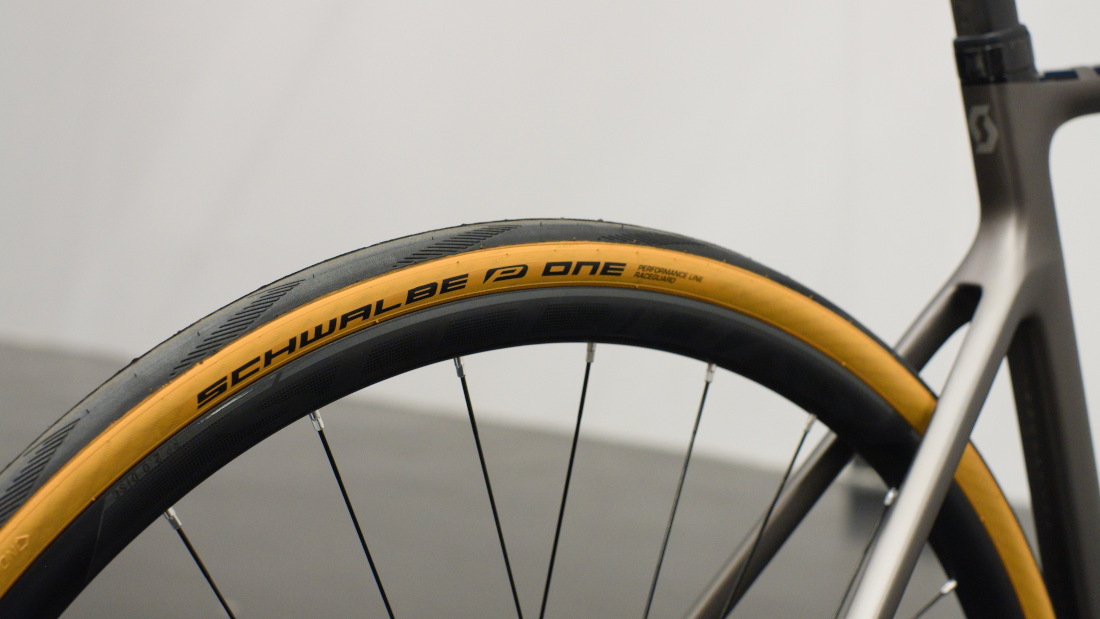
Folding Tires – The Standard Version with an Inner Tube
The most common type of tire is still the classic clincher or folding tire. With this type of tire you can insert a separate inner tube between the casing and the wheel and change it at any time. All you need to change a tire is some tire levers, a spare tube or repair kit and a pump.
Tubular Tires – The Light Version with an Inner Tube
Surprisingly, the tubular tire also uses an inner tube, but unlike the clincher, this is sewn directly into the tire and attached or glued to the rim. This has the great advantage of saving weight and providing a better riding experience, which is why this type of tire is very popular with professionals. However, mounting is a bit more complex and requires know-how, the right glue and a bit more patience.
Tubeless Tires – Lightweight, Comfortable and Puncture-Proof without a Tube
"Tubeless" is still a fairly new term in the world of cycling. The air is filled directly into the tire together with a special sealant. This eliminates weight, reduces rolling resistance and makes it less likely to get a braking puncture. In the case of small punctures and cuts, the sealant fills the hole and you can continue riding with peace of mind. Snakebites are also impossible without a tube. In the event of a larger puncture that cannot be closed by the sealant, you still have the option of inserting an inner tube into the tire. However, the sealant should be changed regularly and the initial fitting is a bit more complicated.
The fastest way to convert to tubeless is our comprehensive and subtitled video:
Road Bike Helmets – Airy, Fast and Stylish
Road bike helmets are specifically designed to keep air resistance as low as possible. That's why you won't find visors on road bike helmets, for example. This keeps them particularly light and at the same time well ventilated. The ventilation slits, which are ideally equipped with fly screens so that no bees or wasps get lost in them and spoil your riding pleasure, provide the necessary air flow.
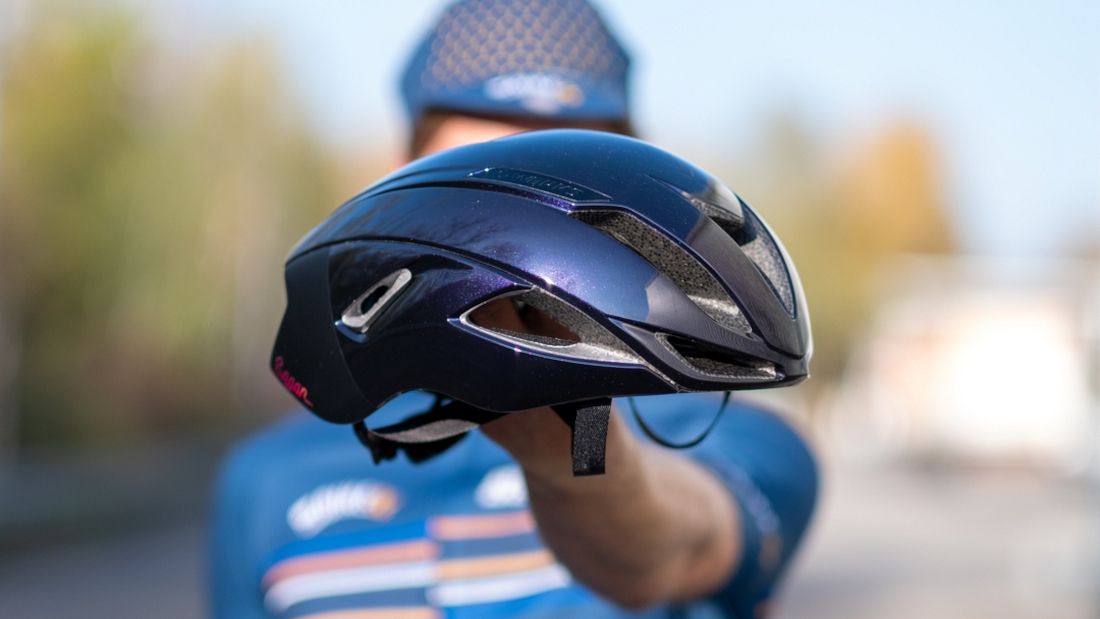
Road Bike Shoes – You Need to Find the Right Connections in Life
If you want to ride with clipless pedals, then you need suitable road cycling shoes. Lightweight, stiff and well-fitting, they help you put more power per revolution on the pedals and stay in closer contact with the bike. However, it is important to make sure that you buy shoes, pedals and cleats that fit together. Most road shoes have three holes arranged in a triangle and are compatible with many common systems (Look/SPD-SL/Xpedo). In certain cases, adapter plates can also help to connect shoes and pedals. It is best to always check the data sheet. There you will find all the important information. Or contact our customer service, who will answer all your questions with great care and knowledge.
